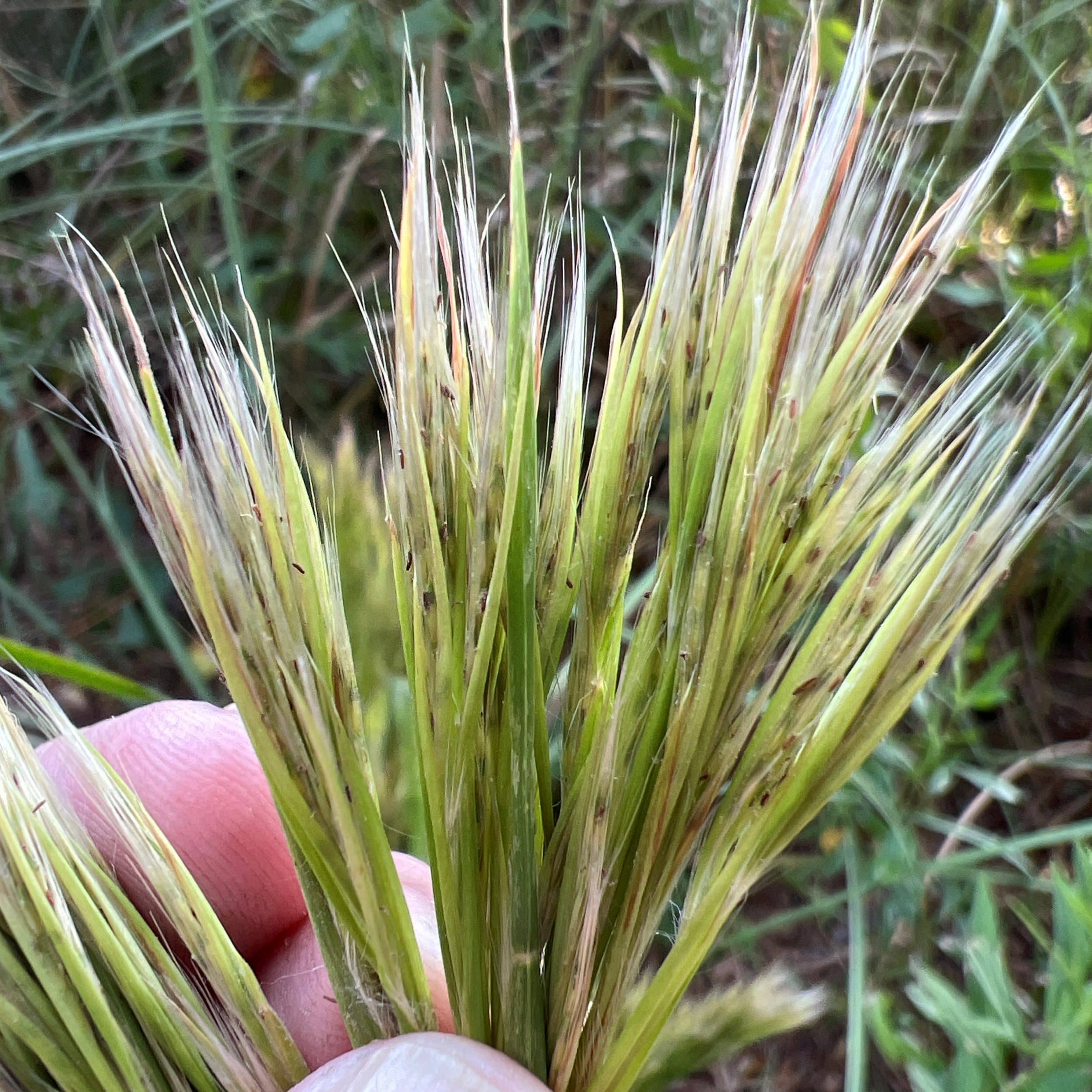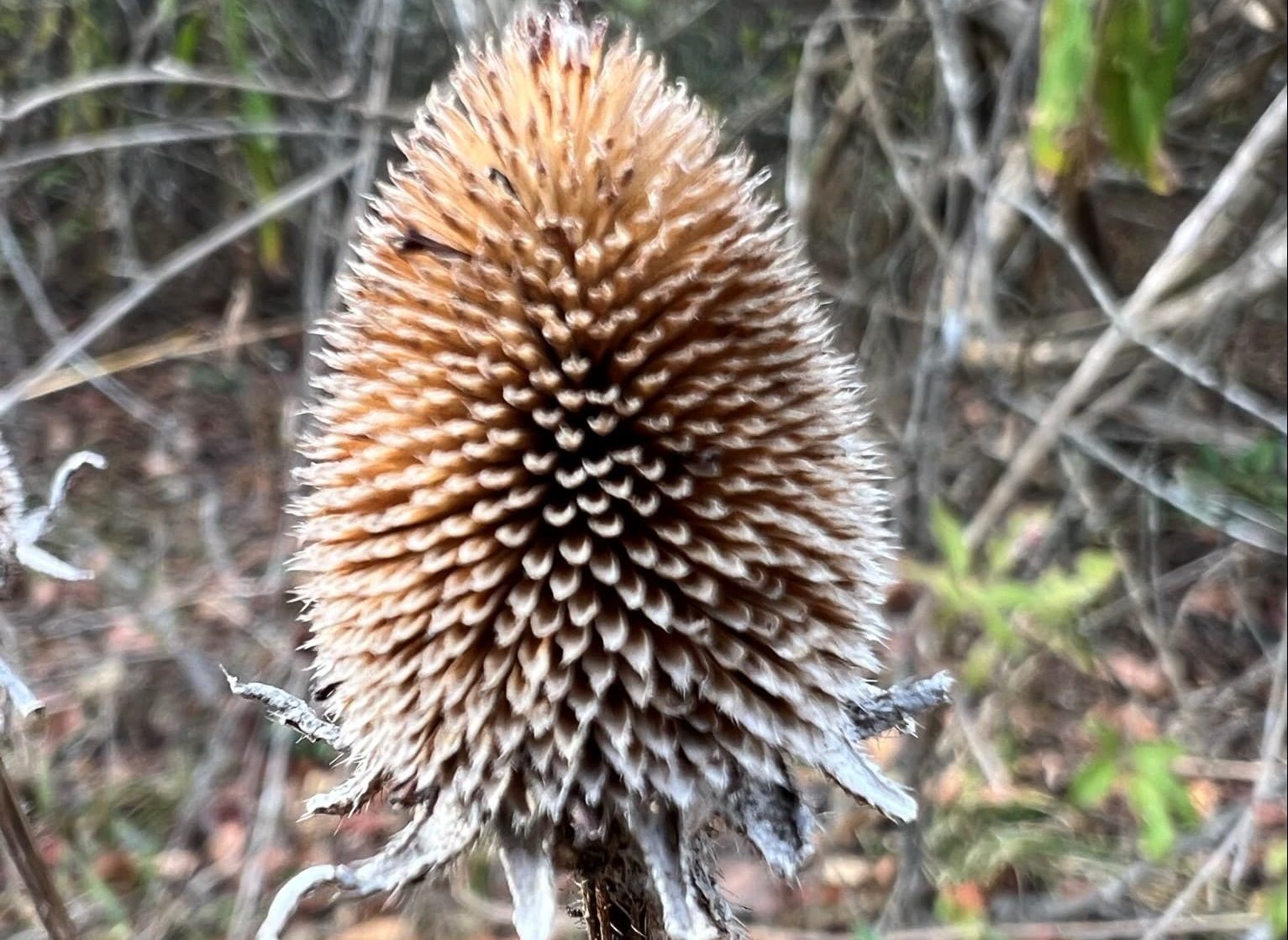When it comes to brightly colored flowers, humans are no different than pollinators that are attracted to them. We value them for their beauty and smell. Pollinators seek nectar and pollen. For the most part, humans forget about the seed heads that develop after the petals have fallen, relegating them to the background, or worse, cutting them out before they complete their sole purpose of producing the seeds of the next generation.
A closer look at seed heads can reveal a beauty of a different kind, one of symmetry and functionality, the latter for the purpose of holding and then releasing the seeds they contain. For many species of birds, these seeds are a mainstay of their diet, especially in winter when many other food sources are scarce. Birders know exactly where to look for overwintering seed-eating birds by looking for the seed heads that feed them.
For birds, these seed heads also include those of grasses and sedges that do not produce petaled flowers but do produce dramatic seed heads, often with fluffy seeds that waft in the wind on a blustery day. Even these tiny seeds, suspended beneath a cluster of hairs that lift them skyward, are important food sources. Because we have taken to feeding birds at feeders in winter, we miss the real connections between seed-eating birds, seed heads, and the seeds left behind after pollinators have helped to produce them.

I for one enjoy trying to identify the small birds working through the stalks of an old field or a “no mow” zone in a park or yard. Common backyard birds like Carolina Chickadees and Red-winged Blackbirds can be seen clinging to stalks while they deftly pull seeds out of seed heads. In winter, they are joined by a variety of overwintering birds, like American Goldfinch, Swamp Sparrow, White-crowned Sparrow, and Pine Siskins, to name a few.
But besides being bird feeders in and of themselves, many of these seed heads are as attractive, if not more so to humans than the flowers that came before them. For one, they last a lot longer, especially if dried and used by themselves or as brown contrast in flower arrangements. Many of the same flowers that we enjoy when they are in bloom produce dramatic seed heads that are easier to keep long after the flowers have faded.
Winter is a time to look for and enjoy the beauty of seed heads in our landscape. You might even take some home, to admire, and to serve as a reminder of things to come next year.
Hope to see you in our great outdoors!




